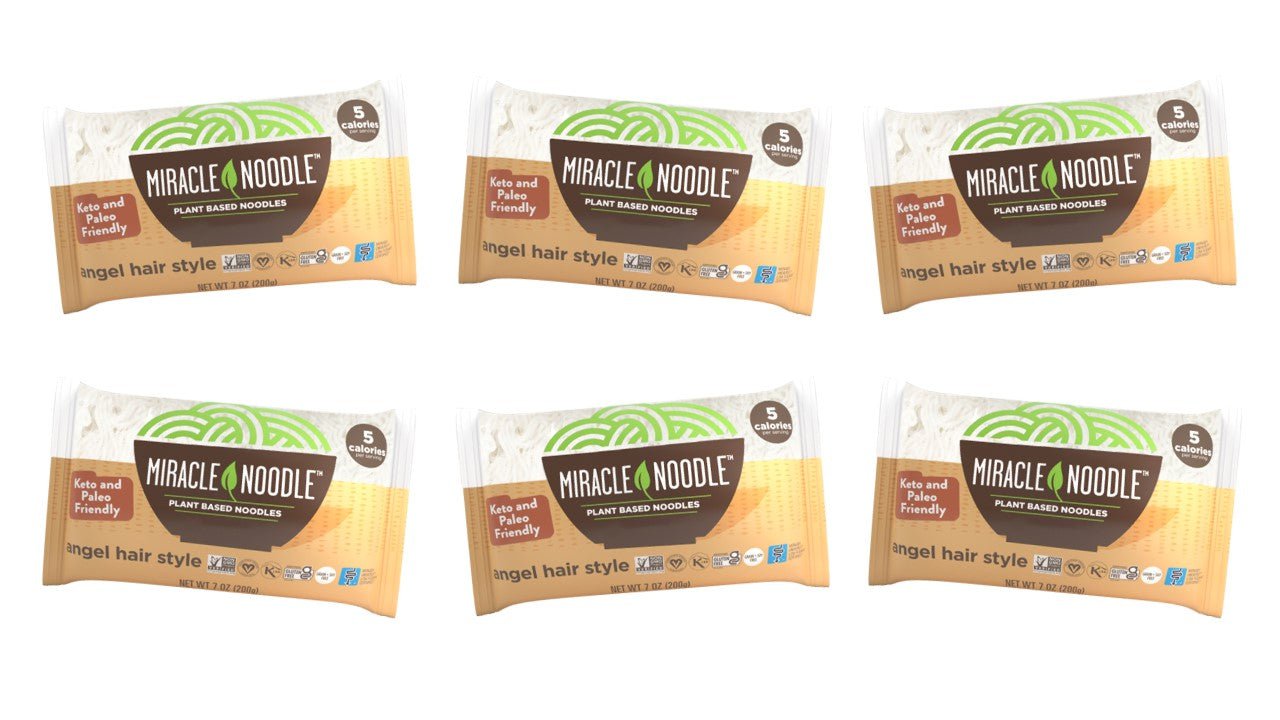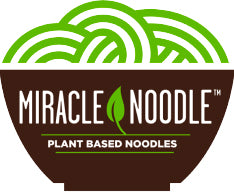Popeye The Sailor Man may have been strong to the finish because he ate his spinach. But eating all that spinach raw, straight from the can may have led the beloved cartoon character to develop health problems.
That’s because spinach and other dark leafy greens contain an anti-nutrient called oxalates. Anti-nutrients interfere with mineral absorption. (Lectins and phytates two other common anti-nutrients)
Why Are Oxalates Bad?
Also called calcium oxalate, oxalates interfere with calcium absorption. And if you develop a large amount of oxalates in the body, the following side effects can manifest:
- Kidney stones
- Joint pain
- Digestive problems
- Chemical sensitivity
- Skin disorders
The Popeye storyline never introduced kidney stones. So we’ll never really know if Popeye suffered from spinach as much as he did from his nemesis, Brutus trying to steal his gal, Olive Oyl.
So is eating fistfuls of dark leafy greens like swallowing kryptonite, to use another cartoon reference? Unfortunately, it’s hard to know for sure if you have high levels of oxalates. That’s because tests that measure the levels of this anti-nutrient analyze the amount that’s excreted in urine.
Here’s why this is an unreliable test: your tissues or blood can contain high amounts of oxalic acid, while your urine levels can have low amounts. This is analogous to stepping on a scale; weighing yourself only gives you a number but doesn’t give you the overall picture of your metabolic health.
But let’s take a step back for a second and review exactly why this compound can be problematic.
Oxalates are simple molecules. They normally bind with calcium. So far no foul, no harm done. The problem becomes when oxalates don’t bind with calcium and instead crystalize.
When or how do oxalates crystalize? One scenario is when oxalates encounter damaged tissue in the body. It might be that oxalates are not the bad guy nutritionists make it out to be. Like cholesterol that gets blamed for causing cardiovascular disease, when in fact, one of its main purposes is functioning as a repair substance, oxalates may crystallize to repair damage caused by oxidation in the body. But this is just a theory, so whether or not oxalates are inherently bad is not the main concern here. It’s just a point of view that’s interesting to consider.
High Oxalate Accumulation
What is important to understand is what happens when oxalates accumulate in the body. When crystals form in the body, it can create pain. Anybody who has passed an excruciating kidney stone can attest to that fact. And besides potentially causing pain, oxalates can interfere with several bodily functions, including:
- Altering cell membranes
- Limiting the activity of glutathione, the body’s internal master antioxidant
- Impairs enzyme activity, which prevents nutrient absorption and cellular energy
- Interferes with calcium storage, which inhibits programmed cell death. (Healthy cells should eventually die otherwise they can become cancerous.)
- May alter DNA instructions
Also, while calcium is the mineral most often associated with poor absorption because of oxalates, several other minerals absorb poorly because of the anti-nutrient. Magnesium, which many people are deficient in, is just one example. Most people don’t eat healthy diets to begin with, and that’s why magnesium deficiency is so endemic.
However, for those who do eat lots of salads and test low for magnesium (or experience tell-tale signs of low levels such as muscle cramping and spasming), perhaps a diet high in oxalates is the reason?
Is Spinach Bad Because of Oxalates?
Let’s not bash just spinach. There are lots of other foods that are high in oxalates, including many popular nuts and seeds, such as chia, hemp, almonds, peanuts and cashews. Several fruits also have high amounts of oxalates, including: avocados, figs, kiwis. To keep it simple, this research article in Renal Physiology says to avoid spinach, chard, rhubarb and star fruit, and to limit potatoes, chocolate, nuts, beets and bran.
This recommendation should be taken, however, with a grain of salt, or more accurately, a dose of calcium, if you have kidney stones or a history of them. The study authors recommend taking 300-400 mg of calcium with each meal, if you’re concerned about the possibility of passing a kidney stone.
Likewise, if you have been diagnosed with gut permeability, or what’s colloquially known as “leaky gut” you may also want to eat a low oxalate diet.
However, for people with an absence of kidney stones or serious gut issues, eating spinach and other foods with oxalates shouldn’t pose a problem. This is because the bacteria in your gut should be able to break down oxalates into unharmful substrates; yet another reason a healthy microbiota in the gut is so important.
How To Reduce Oxalate
While people with kidney issues and serious digestive problems may benefit from eating foods that are low in oxalates, there’s a simple way to reduce oxalate levels in food. When it comes to spinach, steaming, sauteing or other light-cooking method preserves the nutritional content while killing off oxalic acid.
As for beans, soaking, boiling and draining does the trick. You should also eat a little bit of fat at every meal to help absorb all the nutrients. Popeye may have eaten raw spinach but you’ll still be strong to the finish by eating it cooked.
Oxalate buildup in the body can pose a serious problem. The tricky thing is that this anti-nutrient is very difficult to detect. But that doesn’t mean we should avoid spinach and other health-promoting foods.



